Heit et al1 retrospectively investigated the relationship between ischemic injury and patient outcomes after surgical or endovascular treatment of ruptured anterior communicating artery (AcomA) aneurysms. Their method chiefly consisted of reviewing neuroimaging studies to examine the frequency of frontal lobe and striatum ischemic injury and reviewing patient data to examine mortality and clinical outcome at discharge and at 3 months. They showed that patients whose aneurysms were clipped exhibited higher incidences of frontal lobe infarction and recurrent artery of Heubner (RAH) infarction than those whose aneurysms were coiled and were more likely to be functionally dependent at discharge. We agree that their results could be plausible. However, we cannot help but mention a few problems in their methodology.
Recent studies, both of which are cited by Heit et al,1 reported infarction in the subcallosal artery (the largest unpaired perforator of the AcomA) territory in addition to infarctions of the frontal lobe and RAH territory.2,3 In our study examining patients with amnesia diagnosed using formal neuropsychological testing after clipping for AcomA aneurysms, all 10 patients had subcallosal artery infarction and 5 had additional infarcts in the RAH territory, as observed by 3D-MR imaging.2 These subcallosal artery infarcts inevitably involved the columns of the fornix. In a different study by Mortimer et al,3 in which they used CT or 2D-MR imaging but not neuropsychological assessment, infarcts of the fornix and septal/subcallosal region (both structures are supplied by the subcallosal artery) were observed in 5 (7.6%) and 12 (18.1%), respectively, of the patients with clipped aneurysms following treatment for AcomA rupture. In contrast, fornix and septal/subcallosal infarcts were found in 1 (1.1%) and 1 (1.1%), respectively, of the patients with coiled aneurysms.3
However, Heit et al1 completely disregarded subcallosal artery infarction, though it could cause postoperative memory deficits and thus largely affect clinical outcomes or quality of life. Their neuroimaging studies may have failed to reveal lesions as small as subcallosal artery infarctions, but this failure should have been mentioned in their article as a limitation of their study.
Their study lacked formal neuropsychological testing for evaluating clinical outcome, which they mentioned as a limitation. We have previously discussed the association of orbitofrontal area or RAH infarcts with memory deficits,2,4 and we suggest that memory loss following AcomA repair is rare when ischemic injury is limited to the orbitofrontal area or RAH territory without any involvement of the subcallosal artery territory. However, simultaneous involvement of the RAH and subcallosal artery territories might affect the frontostriatal circuits, resulting in frontal dysfunction, and is associated with poor long-term prognosis of patients with amnesia.4
Thus, we believe that the study by Heit et al1 is largely limited by the inadequacy in the evaluation of ischemic injury by neuroimaging as well as the evaluation of patient outcomes by neuropsychological testing. To clarify the clinical significance of the ischemic injury that might develop after surgical or endovascular treatment of ruptured AcomA aneurysms, detailed prospective neuroimaging and neuropsychological assessments would be mandatory. For neuroimaging, we recommend the use of diffusion-weighted imaging in the acute phase (immediately after treatment) as well as 3D-MR imaging (not just CT or 2D-MR imaging) in the chronic and stable phases following injury, to visualize small foci of subcallosal artery infarction.2 For evaluation of patient outcomes, formal neuropsychological assessments would be desirable after confusion, disorientation, and intellectual deficits during the acute phase have subsided.2 Moreover, evaluating long-term outcomes would also be important.4
Footnotes
Disclosures: Shunji Mugikura—RELATED: Grant: JSPS Kakenhi Grant Number JP15K10290*; UNRELATED: Grants/Grants Pending: Philips Healthcare*; Payment for Lectures Including Service on Speakers Bureaus: Daiich Sankyo, Bayer, Fuji Pharma. *Money paid to the institution. This work was supported by JSPS KAKENHI grant number 15K10290.
Indicates open access to non-subscribers at www.ajnr.org
References
- © 2018 by American Journal of Neuroradiology







